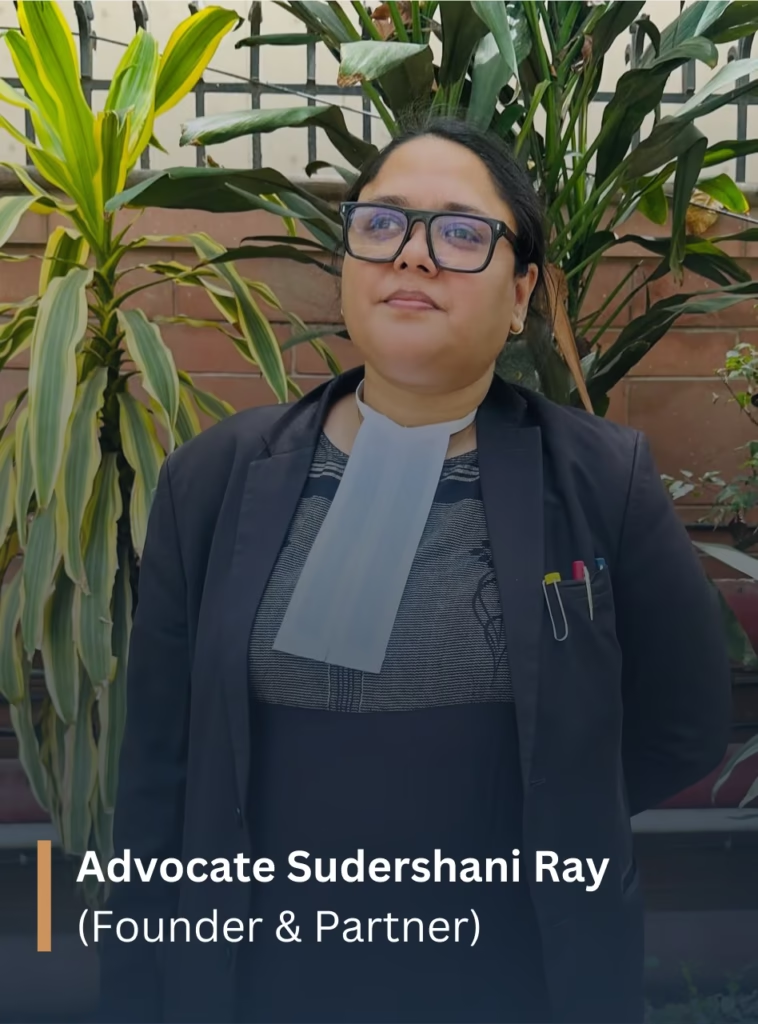Understanding IPC Section 159: The Legal Implications of Affray in Public Spaces. This article delves into IPC Section 159, which defines affray as a public disturbance caused by fighting. It explores the legal implications, key features, and relevant case studies to provide a comprehensive understanding of this provision in Indian law.
Table of Contents
ToggleUnderstanding IPC Section 159: The Legal Implications of Affray in Public Spaces
Introduction
The Indian Penal Code (IPC) is a crucial legal framework that governs criminal law in India. Among its many provisions, IPC Section 159 addresses the offense of “affray.” This provision is significant as it aims to maintain public peace and order by penalizing those who engage in violent altercations in public spaces. Understanding this section is essential for citizens, law enforcement, and legal professionals alike, as it highlights the balance between individual rights and communal safety.
What is Affray?
Affray, as defined under IPC Section 159, occurs when two or more individuals engage in a violent fight in a public place, thereby disturbing the peace of the public. The key elements of affray include:
- Public Place: The fighting must occur in a location accessible to the general public.
- Disturbance of Public Peace: The fight should cause a disruption, creating fear or alarm among bystanders.
- Participation of Two or More Persons: At least two individuals must be involved in the altercation for it to be classified as affray.
Legal Framework of IPC Section 159
Section 159 states: “When two or more persons, by fighting in a public place, disturb the public peace, they are said to commit an affray.”
The punishment for affray is defined under IPC Section 160, which states that the offenders may face imprisonment for a term that may extend to one month, or a fine, or both.
Purpose of IPC Section 159
The primary purpose of this provision is to:
- Protect Public Order: By penalizing public fighting, the law seeks to uphold societal norms and ensure that individuals can go about their lives without fear of violence.
- Deter Violent Behavior: The threat of legal repercussions serves as a deterrent to those considering engaging in public fights.
- Promote Conflict Resolution: Encouraging individuals to resolve disputes amicably instead of resorting to violence aligns with broader societal goals of harmony and cooperation.
Key Features of IPC Section 159
1. Nature of Offense
Affray is a bailable offense, meaning that individuals accused of this crime can secure bail pending trial. However, it is a cognizable offense, allowing police to arrest offenders without a warrant.
2. Evidence Requirements
For a successful conviction under IPC Section 159, the prosecution must establish that:
- The incident took place in a public place.
- The altercation involved at least two persons.
- The public peace was disturbed as a result of the fight.
3. Distinction from Other Offenses
It is important to differentiate affray from other offenses like rioting, which involves a larger group and may include acts of violence against property. Affray focuses specifically on individual fights disturbing public peace.
Case Studies
Case Study 1: State vs. Sharma
In this case, two individuals, Sharma and Gupta, were involved in a heated argument that escalated into a physical altercation at a public market. Witnesses reported that their fight caused panic among the shoppers, leading to a stampede. The police intervened and arrested both parties. The court convicted them under IPC Section 159 for disturbing public peace.
Case Study 2: Ravi vs. State
In another instance, Ravi and his friend were drinking in a public park when a disagreement arose, leading to a fight. Bystanders recorded the incident on their phones, showing that the fight not only disturbed the peace but also involved aggressive behavior towards others nearby. The police charged them with affray, leading to a trial where both individuals received a one-month sentence.
Case Study 3: Public Protest Turned Violent
During a public protest in a city, a group of protesters clashed with counter-protesters. The situation escalated, resulting in physical confrontations. Several individuals were arrested, and the case was brought under IPC Section 159. The court had to determine whether the fights constituted an affray or whether they were part of the larger context of a public demonstration. Ultimately, some participants were convicted of affray due to the public disturbance caused by their actions.
Conclusion
IPC Section 159 plays a vital role in maintaining public peace and order by addressing the issue of affray. Understanding the implications of this section is crucial for citizens to navigate their rights and responsibilities in public spaces. While the law provides a framework for addressing public disturbances, it also serves as a reminder of the importance of resolving conflicts peacefully. Legal awareness can foster a more harmonious society where individuals respect each other’s rights and maintain public order.
References
- Indian Penal Code, 1860
- Judicial interpretations and case law related to IPC Section 159
- Legal analyses on public order offenses in India
This article aims to provide a comprehensive understanding of IPC Section 159 and the offense of affray, including its legal implications, purpose, and relevant case studies. By exploring this provision in detail, we can better appreciate its significance in promoting public safety and order.

